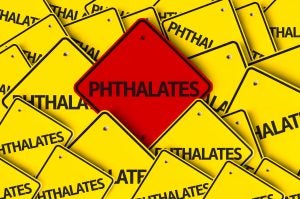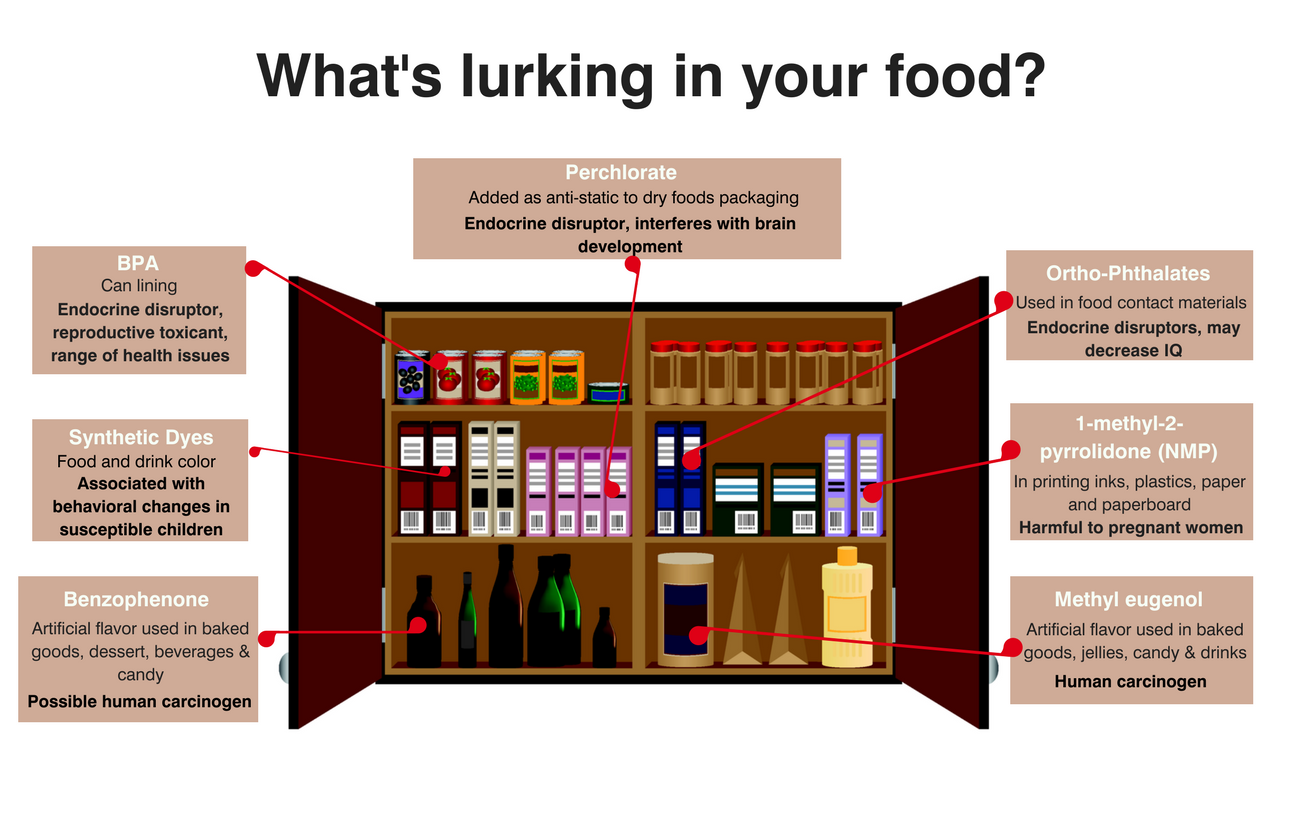Tom Neltner, J.D., is Chemicals Policy Director
In a critical ruling for food additive safety, a federal district court ruled on Wednesday that EDF, represented by Earthjustice, has standing in its legal challenge to the Food and Drug Administration’s (FDA) Generally Recognized as Safe (GRAS) rule. This 2016 final rule allows food manufacturers to make secret GRAS safety determinations for chemicals added to food, without notifying FDA or the public, and to use the chemical in food without anyone else’s knowledge. The court was considering a motion to dismiss from FDA arguing that plaintiffs did not have standing to bring the case. The judge found EDF and the Center for Food Safety (CFS) “plausibly allege harm to their members” and therefore “satisfy the injury-in-fact requirement for standing.” Our legal challenge now moves to the substance of our concerns with the flaws in the agency’s GRAS Rule.
The court found that members of EDF and CFS showed a risk of harm consistent with the requirements of the law in alleging that FDA’s “GRAS Rule poses a credible threat to their members.” Specifically the court stated that:
- Their members “have been and will be exposed to potentially dangerous substances that were introduced into the food supply without FDA oversight, public participation, or the opportunity for judicial review.”
- They “explicitly identify multiple substances that manufacturers determined to be GRAS and used in food despite concerns raised by FDA about their safety, as well as additional undisputedly dangerous substances that Plaintiffs reasonably anticipate will be introduced into the food supply under the GRAS Rule.”
- “[T]hese injuries are ongoing and imminent.











